Brewing flavor and taste characteristics of Nicaraguan coffee beans in Nicaraguan coffee producing area
Professional coffee knowledge exchange more coffee bean information please follow the coffee workshop (Wechat official account cafe_style)
When it comes to Niagara, you can think of Niagara Falls, but coffee is rarely mentioned. In fact, the growing conditions in Nicaragua are not inferior to those in Central American countries, and the coffee produced is characterized by a balanced taste. Some time ago, I bought three kinds of Nicaraguan coffee beans and compared them with the roast cups. Finally, the "professor" from the Divine Manor can best reflect the characteristics of the Nicaraguan region.
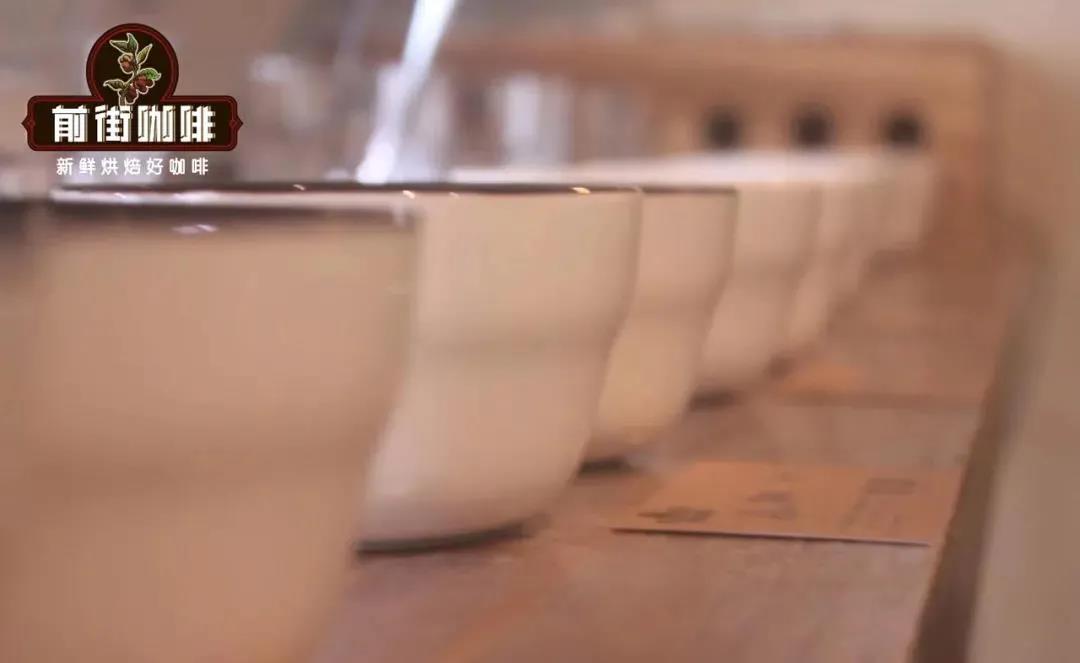
Geography of Nicaragua
Nicaragua is located in the central part of Central America, bounded by Honduras in the north, Costa Rica in the south, the Caribbean Sea in the east and the Pacific Ocean in the west, with a total area of 130400 square kilometers, making it the largest country in Central America. The central north of Nicaragua is a highland; the east is a coastal plain with many jungle swamps and low-lying terrain; the west is a coastal lowland with many volcanoes and lakes in the east.
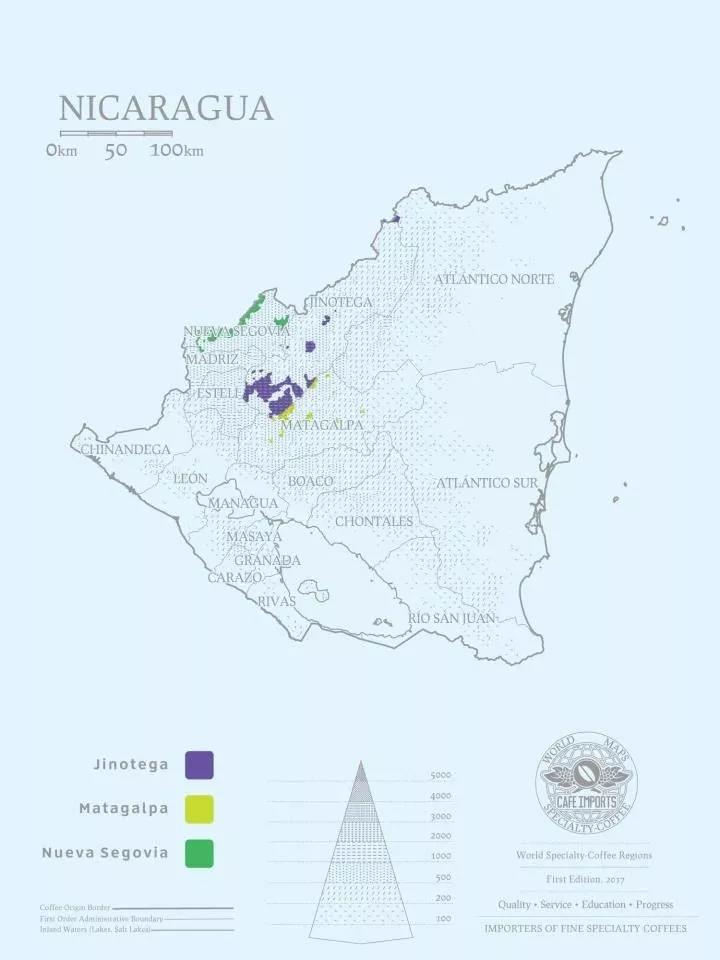
The Nicaragua plain has a high temperature and rainy climate, and belongs to a tropical oceanic climate; in the western coastal lowlands, the precipitation is obviously less than that in the east, and there are dry and wet seasons, so it belongs to the savanna climate; the average annual temperature in the central highlands is 18 ℃, and the annual precipitation is 1500 ℃ 2500 mm, with the rainy season from May to December.
History of coffee cultivation
From 1840 to 1940, it was the "coffee boom" in Nicaragua, and coffee began to become the main export crop in Nicaragua. After that, the autocratic ruler Somoza established the coffee cooperative (1936-1979), but it was soon overthrown by the Sanding National Liberation Front (Sandinistas). When Nepal entered communist rule in 1979, the coffee trade became very difficult. The CIA began to support the rebels (Contras) in an attempt to overturn the New deal. In order to gain greater benefits, they did not hesitate to attack coffee workers' vehicles, destroy processing plants and create unrest, which dealt another big blow to Nepalese coffee. Nevertheless, coffee is still the most important export cash crop in Nepal.
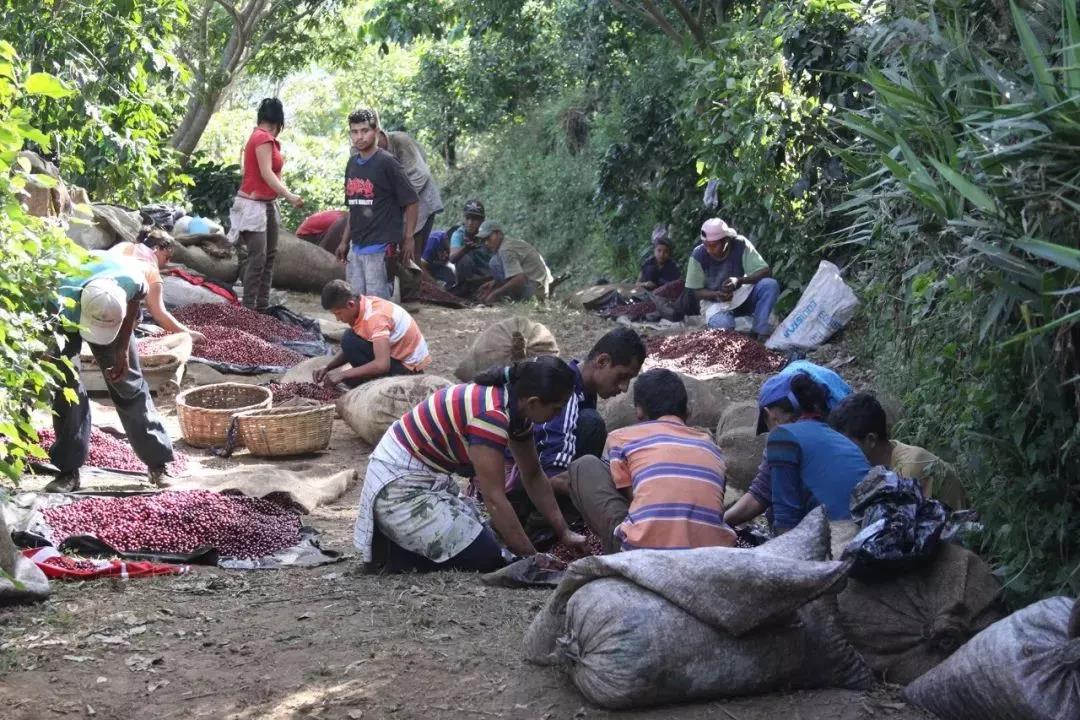
After the 20th century, there was a sharp drop in coffee prices (1999-2003), hurricanes and millennium droughts. After 2003, there was a frequent civil war in Nicaragua, which did not stop until recent years, the economic development was slowly restored, and the coffee industry began to revive.
Coffee economic crisis
With coffee prices plummeting to $89 per bag (45kg per bag) in May 2019 and difficulties for local curry farmers to obtain credit support, coffee exporters predict that the country's coffee production could fall by at least 15 per cent in 2019 by 2020. Even more pessimists expect coffee production to fall by more than 20%. In addition to the depressed challenge of international coffee prices, Nicaragua has been mired in a socio-political crisis since April 2018, which has led to large-scale capital flight and forced banks to restrict credit in all sectors of the economy. Nicaragua's coffee industry is in the midst of its worst crisis in a decade.
Coffee growing area
Nicaraguan boutique coffee is mainly grown in three northern producing areas near Honduras: Jinotega, Matagalpa, and Nueva Segovias, growing at an altitude of 700-1700. The varieties grown in the three producing areas are stable and large in shape. Qianjie believes that the flavor of Nicaragua refers to the low flavor, sweet aroma of chocolate and caramel, obvious almond aroma and low sour taste, which is different from the rising tone of bright fruit acid in Central America.
Sinotega Jinotega: both the district and its capital derive from the Nahuatl language "xinotencatl", which means "city of the elderly". The region's economy has long been dependent on coffee and is a major producing area in Nicaragua. Altitude: 1100m-1700m, harvest time: December to March of the following year, main varieties: Kaddura, bourbon.
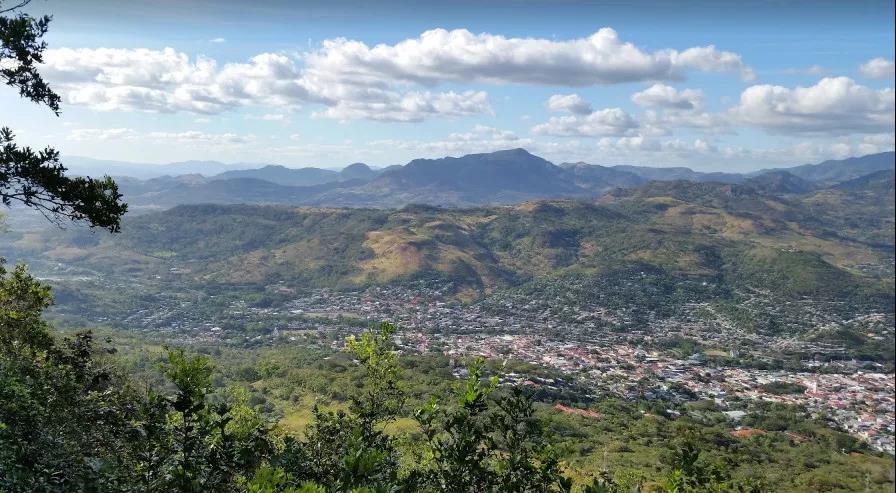
Matagalba Matagalpa: this is another area named after the capital city. There is a museum with coffee as its theme. Coffee comes from manors and cooperatives. Altitude: 1100-1400m, harvest time: December to February of the following year, the main varieties: Kaddura, bourbon.
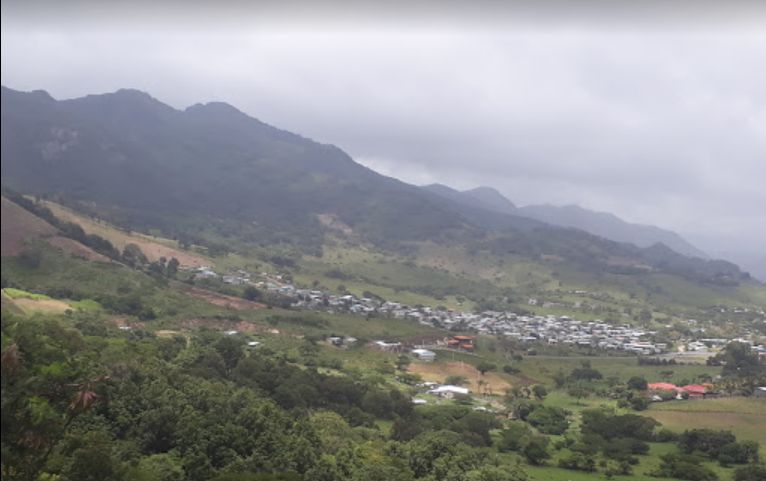
New Segovia Nueva Segovias: this area, located on the northern border of Nicaragua, has begun to establish the reputation of the best coffee in the country in recent years, and has also achieved great success in the Nicaraguan Excellence Cup competition. Altitude: 1100-1650 meters, harvest time: December to March of the following year, the main varieties: Kaddura, Kaduai, Bourbon.
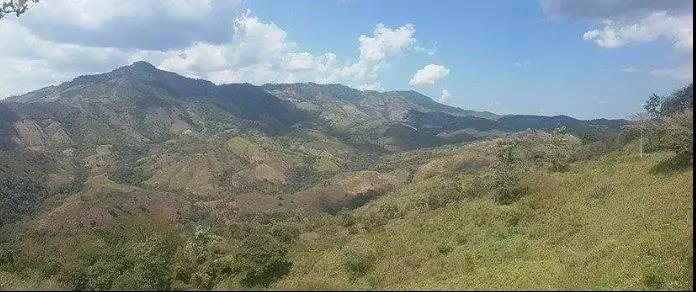
Coffee variety
Nicaragua mainly grows coffee varieties Kaddura, Kaduai and bourbon.
Bourbon: it's a natural variant of the iron pickup. The coffee fruit appears wine red when it is ripe, and the body of the coffee bean is round. Planted in bourbon at high altitude, it usually has a better aroma and bright acidity, and tastes like red wine.
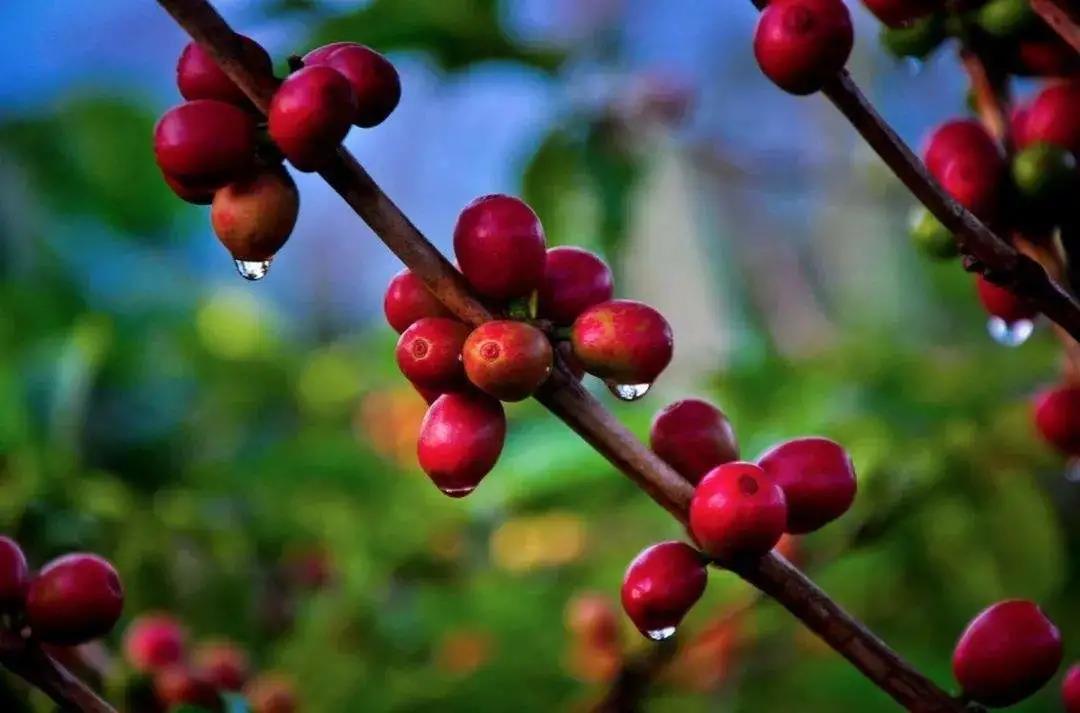
Kaddura: a natural variety of bourbon, it was discovered in Brazil in 1937. Its tree is not as tall as bourbon and smaller. Due to inheriting the blood of bourbon, the disease resistance is relatively weak, but the yield is higher than that of bourbon. Although found in Brazil, Kaddura is not suitable for growing in Brazil, so it is not planted on a large scale in Brazil, but is popular in Central and South America, such as Colombia, Costa Rica and Nicaragua. Kaddura is planted on a large scale.
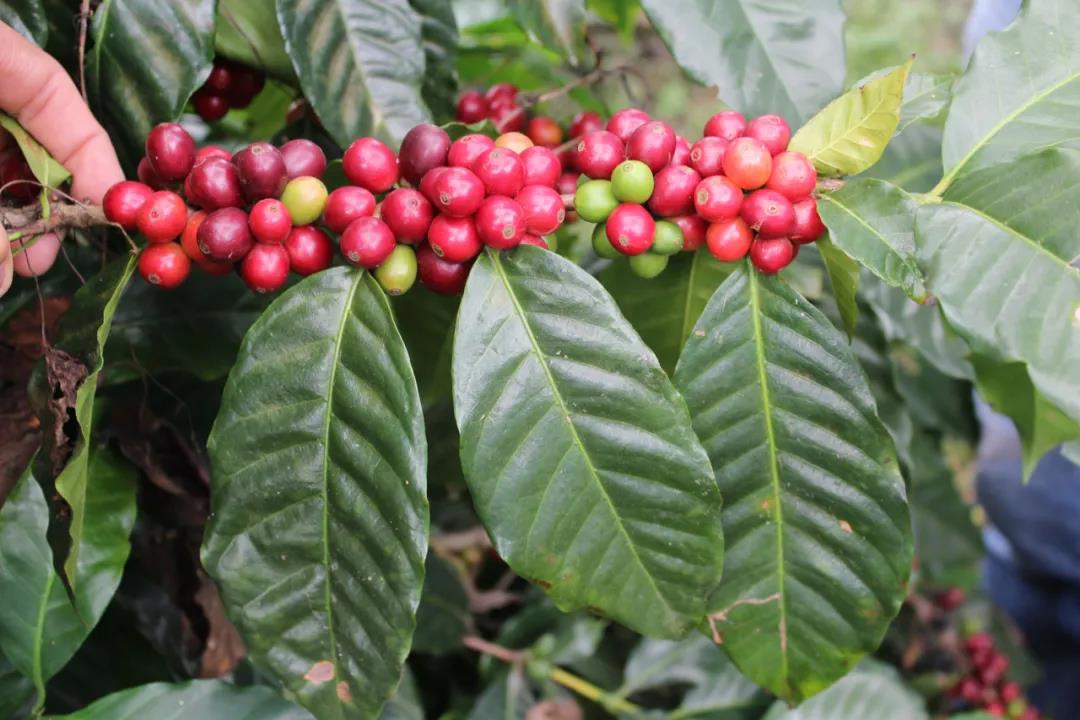
Kaduai: coffee variety artificially crossed by Kaddura and New World (Mondu Novo). Kaduai inherits Kaddura's small trees, which do not need shade, are easy to grow and easy to pick. It also has a better ability to resist natural disasters than the New World. It has a good acidity in flavor. Kaduai generally presents two types of red fruit and yellow fruit.
Coffee treatment
The sun treatment first separates the coffee fruits sent to the cleaning station by hand to remove the defective coffee fruits with lower density. Then spread the qualified coffee fruit flat on the elevated drying bed for drying, which takes about 21 days. Dry the coffee fruit until the moisture content is about 12%. After the completion of the sun drying process, the peel, pulp and sheepskin of the coffee fruit are removed by a sheller and packed into storage. Qianjie believes that the sun-treated coffee has the lowest acidity, the highest sweetness, the clearest touch, but slightly lower cleanliness. Flavor will produce more berry tonality, but also more complex.
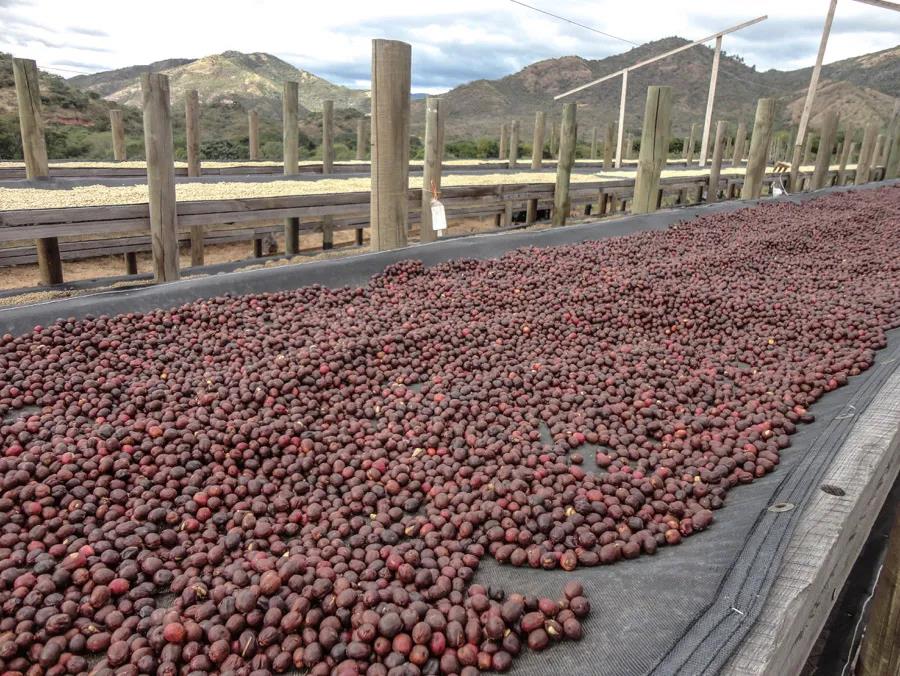
Coffee bean grading system
Nicaraguan coffee is graded according to planting altitude.
Strictly High Grown (Ultra High altitude) (SHG): 1500mm 2000m
High Grown (High altitude) (HG): 1300 to 1500m
Medium Grown (medium altitude) (MG): 1000-1300m
Low Grown (low altitude) (LG): 500 '1000m
As mentioned above, three coffee beans from Nicaragua were tested in the cup in the front street, and the "professor" from the God-given Manor can well reflect the characteristics of almonds.
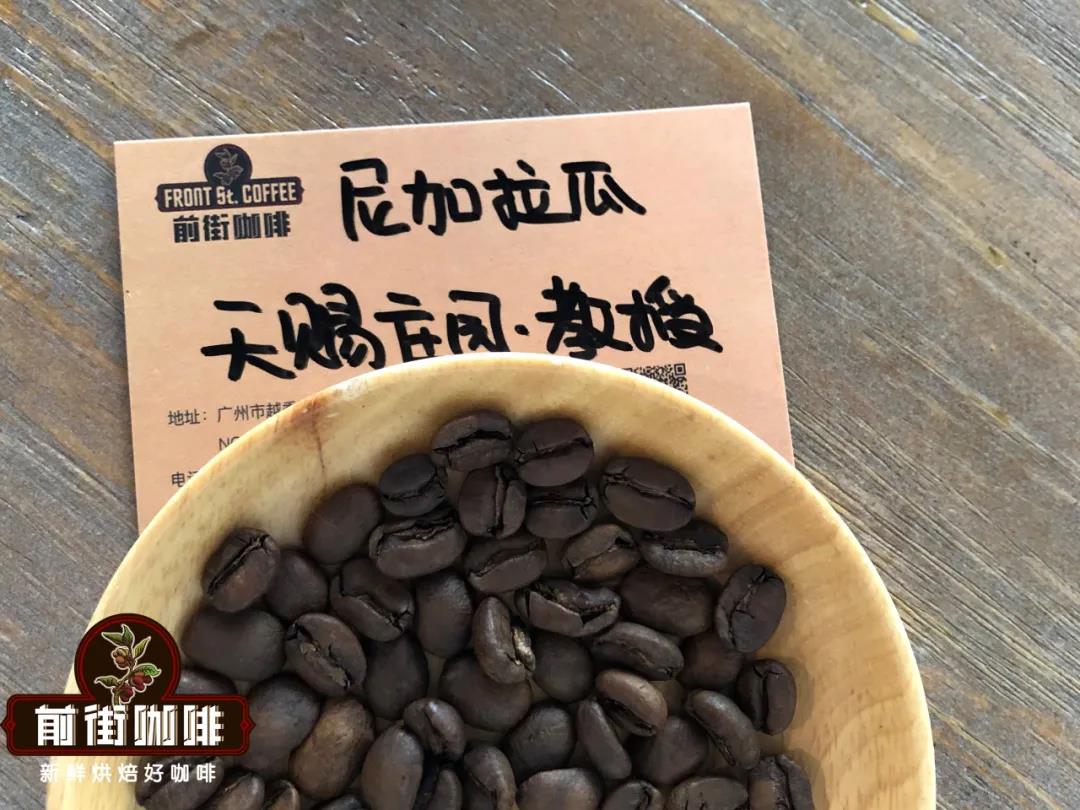
Country of origin: Nicaragua
Producing area: new Segovia
Manor: God-given Manor
Altitude: 1450-1700 m
Variety: red bourbon
Treatment method: sun treatment
God-given Manor
Finca Un Regalo de Dios, which means the gift of God, is located in Mozonte, Novo Segovia, near the border between the Dipilto-R.L. Jalappa Mountains and Honduras. In addition to the estate, Luis Alberto Baradares Moncada (Luis Alberto Balladarez Moncada), the owner of the estate, also owns the Blessing Manor and the Hope Manor. Among them, Blessing Manor won the first place in Nicaragua COE in 2018. And Tianci Manor also won the championship in COE in 2020.
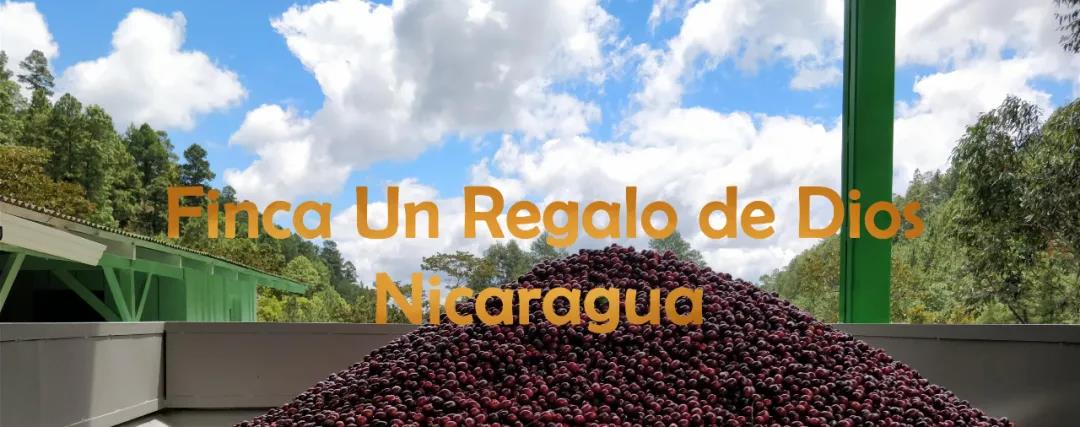
Qianjie baking suggestion
When the furnace temperature is 175℃, the firepower is 140and the throttle is set up 3; the temperature recovery point is 1mm / 393 / 36 ", when the furnace temperature is 130℃, the throttle is opened to 4, the firepower is unchanged; when the furnace temperature is 150℃, the bean table turns yellow, the grass smell disappears completely, and the dehydration stage is entered. The smell of toasted bread has obviously changed to the smell of coffee, which can be defined as a prelude to an explosion. At this time, it is necessary to listen carefully to the sound of the explosion point. The sound of the explosion point starts to explode until the 9pm bread 39th 25 "explodes, the throttle opens to 5", and after one explosion, the development of 20000 bread bread is put into the pot at 196 ℃.

Qianjie Cup test report
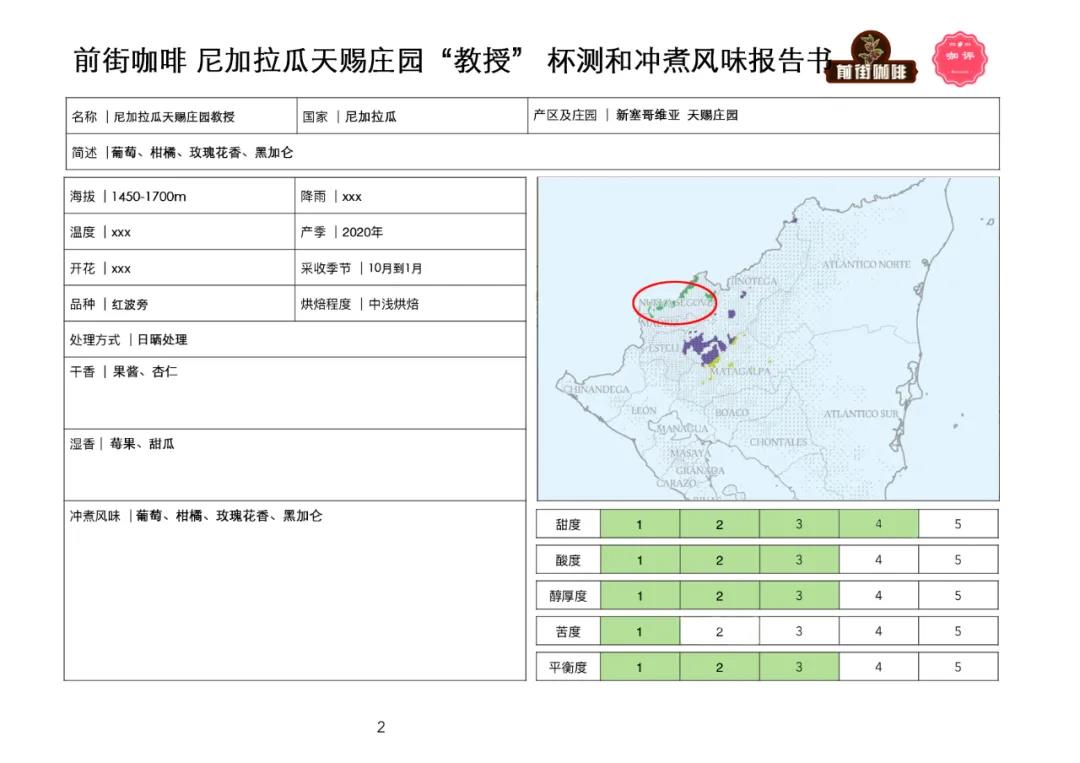
The suggestion of cooking in Qianjie
Filter cup: V600001
Water temperature: 90-91 ℃
Powder content: 15g
Powder / water ratio: 1:15
Degree of grinding: medium and fine grinding (Chinese standard No. 20 screen pass rate 80%)
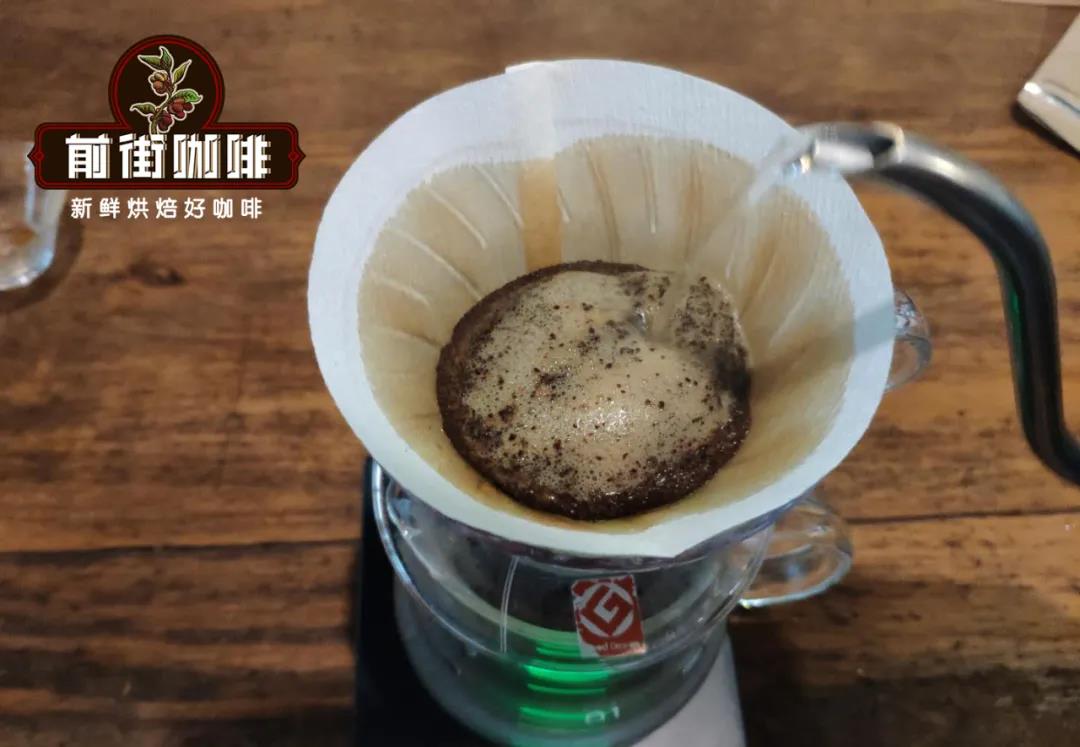
Cooking technique: three-stage extraction. Steam with 30 grams of water for 30 seconds, small water flow around the circle to 125 grams for sectional injection, water level drop is about to expose the powder bed, continue to inject water to 225 grams to stop water injection, and so on when the water level drop is about to expose the powder bed, remove the filter cup, (steaming starts timing) the extraction time is 1 minute 39 percent 50 ".
For more boutique coffee beans, please add private Qianjie coffee on Wechat. WeChat account: kaixinguoguo0925
Important Notice :
前街咖啡 FrontStreet Coffee has moved to new addredd:
FrontStreet Coffee Address: 315,Donghua East Road,GuangZhou
Tel:020 38364473
- Prev
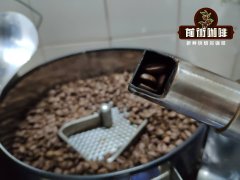
A detailed explanation of the whole process of coffee roasting which key points should be paid attention to in shallow roasting in northern Europe how to learn coffee roasting
Coffee roasting process will undergo complex chemical and physical changes such as caramelization reaction and Maillard reaction. The bean body expands and the charming aroma and flavor of coffee are released. Today, we will take you to understand the whole process of coffee roasting from scratch. There are many critical stages in different baking stages. The so-called different baking modes (roast profile)
- Next
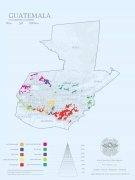
Characteristics of Guatemalan Coffee Flavor in Guatemalan Coffee producing area of volcanic Geological soil & suggestion of brewing
For more information on coffee beans, please follow the Coffee Workshop (official Wechat account cafe_style) Guatemala is home to tropical rain forests, volcanic soils and ever-changing microclimate, bringing Guatemalan coffee beans elegant and lively acidity, clean and odor-free, layered coffee flavor. Several different kinds of Guatemala were purchased some time ago in Qianjie Coffee.
Related
- Beginners will see the "Coffee pull flower" guide!
- What is the difference between ice blog purified milk and ordinary milk coffee?
- Why is the Philippines the largest producer of crops in Liberia?
- For coffee extraction, should the fine powder be retained?
- How does extracted espresso fill pressed powder? How much strength does it take to press the powder?
- How to make jasmine cold extract coffee? Is the jasmine + latte good?
- Will this little toy really make the coffee taste better? How does Lily Drip affect coffee extraction?
- Will the action of slapping the filter cup also affect coffee extraction?
- What's the difference between powder-to-water ratio and powder-to-liquid ratio?
- What is the Ethiopian local species? What does it have to do with Heirloom native species?

